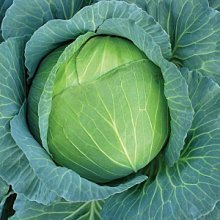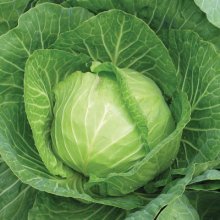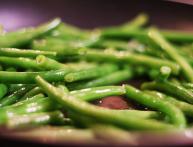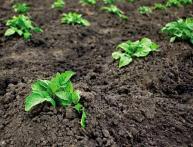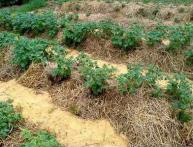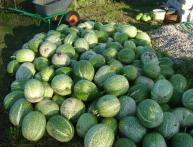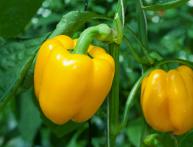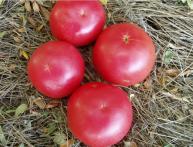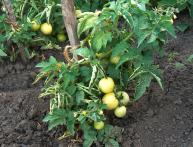White cabbage stone head: advantages of the variety, features of cultivation

Cabbage is one of the most ancient vegetable crops cultivated by humans for food consumption. Currently, it is cultivated everywhere, especially intensively cultivated in countries with temperate climates. Cabbage has many varieties:
- cauliflower
- broccoli
- kohlrabi
- savoy cabbage
- Brussels sprouts
- cabbage.
Headed cabbage, represented by white and red varieties, has a huge variety of varieties. White cabbage varieties are the most popular among Russian gardeners. Currently, such universal varieties, like a cabbage stone head.
Content:
- Characteristics of the variety
- Some features of growing and caring for stone head cabbage
- How to properly remove and store late cabbage
Characteristics of the variety

White cabbage varieties, like many vegetable crops, are divided into early, middle, and late.
Early varieties, as a rule, are consumed fresh, middle ones are partially used for canning and short-term fresh storage, late varieties are used for storage for the winter.
That's why, when choosing a late variety White cabbage should pay attention to the following characteristics:
- taste qualities
- fresh storage of cabbage heads
- suitability for canning, fermentation
The most advantageous variety in this regard is the late-ripening variety Stone Head. The heads of cabbage of this variety are round in shape and reach a weight of three to five to six kilograms. The upper outer leaves are green; when cut, the head is white.
Stone head cabbage is distinguished by the dense internal structure of the heads; during ripening the head is not susceptible to cracking. The variety is productive; more than ten kilograms of cabbage can be grown on one square meter of land, and almost a ton of produce can be harvested per hectare in favorable years.
The high sugar content makes the variety versatile; it is suitable for both fresh consumption and processing. It is worth noting that the stone head variety has excellent keeping quality. Fresh heads of cabbage can be stored until March - April, while they do not lose their taste and beneficial qualities.
Some features of growing and caring for stone head cabbage.
Choosing way to grow cabbage stone head, it should be borne in mind that quite a lot of time passes from the appearance of mass shoots to harvesting, from 140 to 160 days, therefore, in order to complete harvesting before frost, it is optimal to grow the variety in the middle zone through seedlings, and in more southern regions you can sow seeds directly into the ground.
In order for the stone head cabbage seedlings to be ready for planting in the ground by the end of May - beginning of June, the seeds must be sown for seedlings no later than the first ten days of April.Since seedlings reach the optimal condition and size for transplanting into a garden bed after about 50 days, by this age the stone head cabbage seedlings have at least five well-developed leaves, which allows them to tolerate transplantation well.
More mature and elongated seedlings suffer for a long time during transplantation.
When calculating the distance between plants and the gaps between rows, you need to focus on the size of the heads; it is optimal to maintain a distance of half a meter between neighboring plants and at least 60 cm between rows. You should not plant cabbage too close, as this will make it difficult to care for and will worsen the quality of the harvest.
When sowing in the ground, it is necessary to take into account the warming of the soil; it is better to sow the first batch in the first ten days of May; the second sowing, to protect against adverse weather conditions, is better done 10 days later.
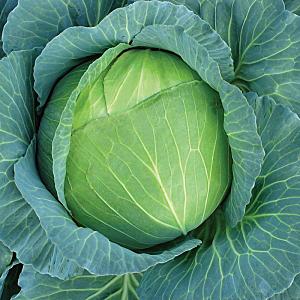
The variety tolerates short periods of low temperatures, down to -5 degrees, but it is better to keep light covering material ready to protect against late frosts. The formation of heads begins at an air temperature of at least + 20 degrees.
The variety is responsive to regular watering, mineral fertilizing and loosening the soil.
Otherwise, growing stone head cabbage is no different from growing other white cabbage varieties, but requires compliance with certain conditions when harvesting and storing fresh.
How to properly remove and store late cabbage
They begin harvesting stone head cabbage at the end of September - beginning of October; it is advisable to do this in dry weather, with an average daily temperature of no lower than + 4 and no higher than + 7 degrees.Although ripe heads of cabbage tolerate light frosts well, heads intended for fresh storage should not be exposed to low temperatures.
For storage medium-sized heads of cabbage are selected, weighing three to four kilograms. The stump is shortened with a straight cut at a distance of 10 - 12 cm. Three to four outer leaves are left on the head, the remaining upper green leaves must be removed.
In this form, at a temperature range from 0 to + 5 degrees, stone head cabbage is stored for at least six months, or even seven to eight months. Do not store too large or too small heads of cabbage.
They should either be eaten first, or preserved or fermented for the winter. After all, dishes made from white cabbage in any form are in demand all year round.
Stone head cabbage: advantages of the variety
Interesting information about the vegetable garden

